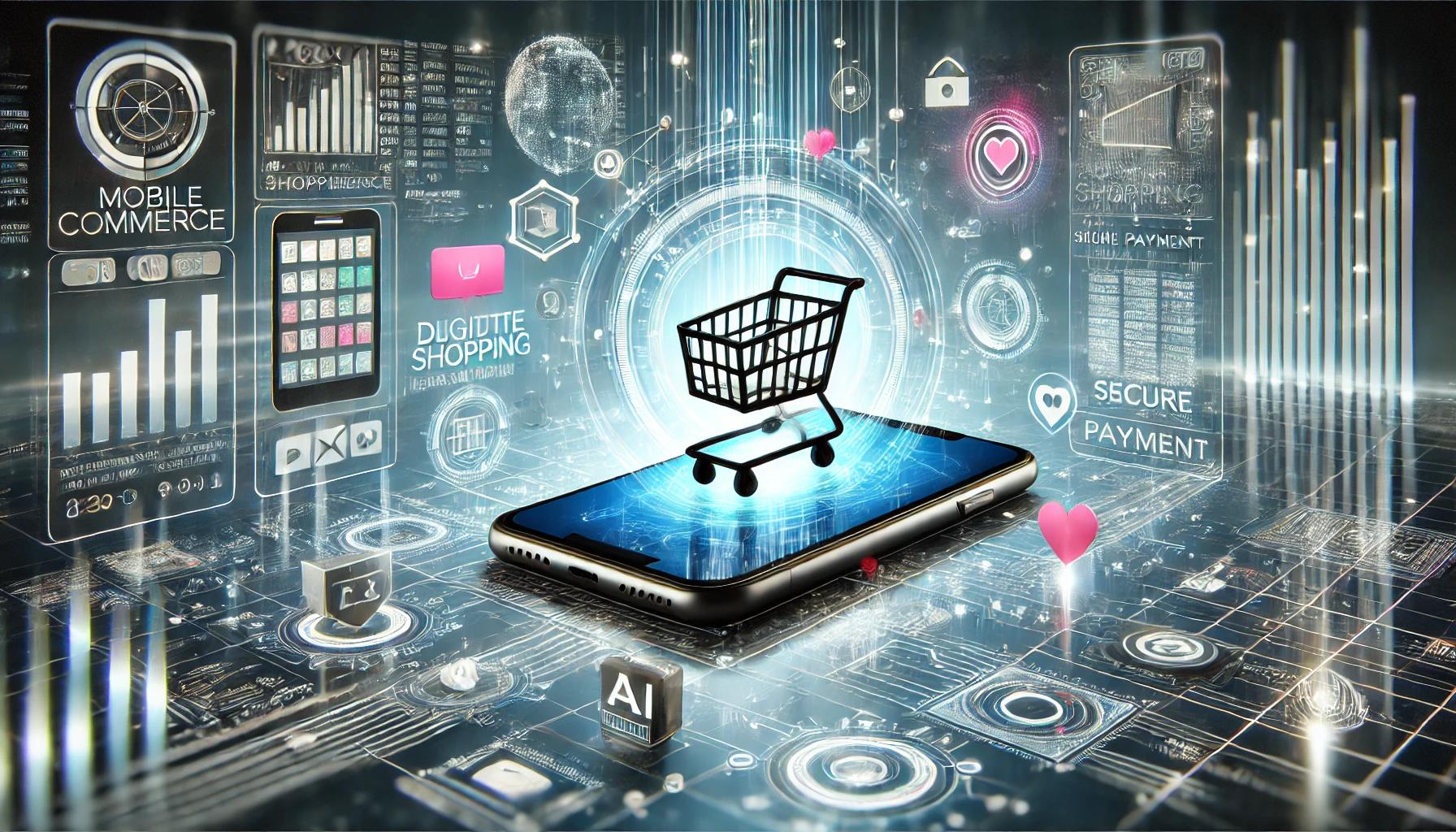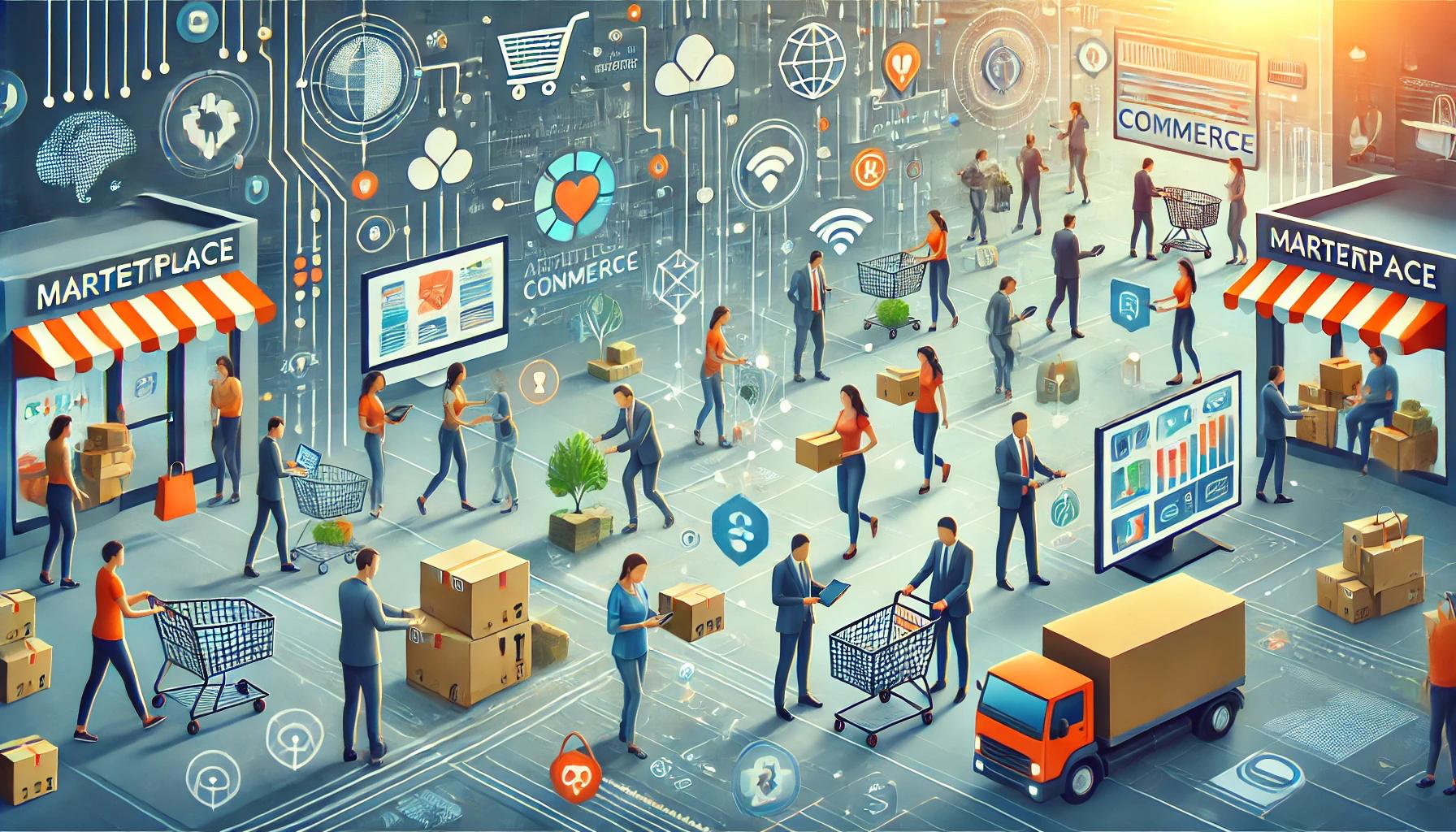The Role of Mobile Devices in Commerce: Mobile Commerce (m-commerce) and Its Future
Introduction
With the development of technology and the widespread use of smartphones, mobile devices have become a key element in commerce. Mobile commerce (m-commerce) refers to the buying and selling of goods and services through mobile devices such as smartphones and tablets. In recent years, m-commerce has shown rapid growth, and its role in the future will only increase. In this article, we will explore how mobile devices are influencing trade and what the future holds for m-commerce.
Mobile Commerce: Trends and Statistics
According to Statista, the global mobile commerce market in 2022 reached over $3.5 trillion, accounting for nearly 70% of all e-commerce purchases. This highlights the importance of mobile devices in shopping processes. On average, the share of m-commerce grows by 15-20% annually, and by 2025, it is expected to represent over 72% of all online transactions.
The main factors contributing to this growth include: 1. Convenience of mobile devices. People can shop anytime, anywhere. 2. Development of mobile applications. Companies are investing in convenient and fast mobile apps to increase sales. 3. Integration of mobile payment systems. Services like Apple Pay and Google Pay make the payment process as simple and secure as possible.
Benefits of m-commerce for Businesses
1. Accessibility and ease of use.
Smartphones are always within reach, making m-commerce a convenient channel for shopping. This allows businesses to stay closer to customers 24/7.
2. Increased customer engagement.
Mobile apps and websites can offer personalized deals, discounts, and promotions. Push notification systems help businesses remind users of new products and special offers, increasing customer loyalty.
3. Fast and secure payment.
With the advent of mobile wallets like Google Wallet, PayPal, and cryptocurrency payments, the payment process has become fast and secure. This improves the user experience and reduces cart abandonment.
Key Challenges of Mobile Commerce
Despite the impressive success of m-commerce, there are certain challenges to consider.
1. Data security.
As the volume of mobile purchases increases, so does the risk of data breaches. According to Symantec reports, about 24% of mobile users have encountered fraud during online payments. This requires businesses to implement strict data protection measures and continuously update their security systems.
- Usability of mobile apps.
Not all mobile websites and apps are optimized for ease of use. According to Google, 53% of users leave a mobile site if it takes more than three seconds to load. This underscores the importance of working on the speed and usability of mobile versions of online stores.
Future Technologies in m-commerce
The future of mobile commerce is closely tied to the development of new technologies. Here are a few key areas:
Artificial intelligence and machine learning.
The use of AI in mobile apps will improve the personalization of offers. For example, mobile apps can analyze user behavior and offer the most relevant products and services in real-time.Voice assistants.
Voice interfaces like Siri, Google Assistant, and Alexa are becoming popular tools for search and shopping. By 2025, purchases through voice assistants are expected to exceed $40 billion.Augmented reality (AR).
AR allows shoppers to "try on" products without leaving their homes. This is especially relevant for segments like fashion, cosmetics, and furniture. Companies like IKEA and Sephora are already actively using AR in their apps.5G and high-speed networks.
The 5G network will provide significantly higher data transfer speeds, enabling businesses to create more complex and interactive mobile apps that offer new possibilities for shoppers.
Conclusion
Mobile commerce is no longer just a trend; it's a core component of modern commerce. As technologies like artificial intelligence, augmented reality, and 5G evolve, the capabilities of m-commerce will expand, making the shopping process via mobile devices even more convenient and secure. Businesses aiming for success in the future need to pay attention to the development and optimization of mobile apps, ensure data security, and enhance user experience.
Sources:
- Statista: M-commerce sales worldwide
- eMarketer: Global M-commerce Trends 2022
- Symantec: 2019 Internet Security Threat Report
- Google: The need for mobile speed
- Voicebot.ai: Voice commerce statistics 2020

